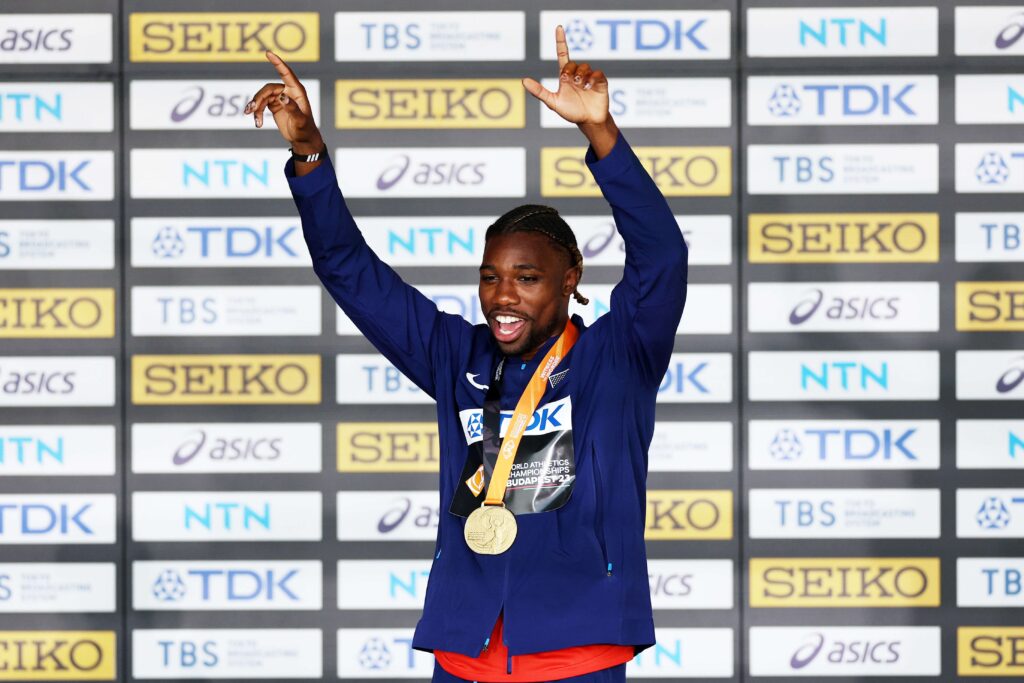Sebastian Coe, president of World Athletics, has expressed satisfaction that the world championships now serve as the season’s finale, highlighting the positive impact on athletes, fans, and the sport’s global profile.
The shift to concluding the athletics calendar with the world championships provides athletes with a clear target for peak performance. Coe emphasized that aligning the season’s schedule around the championships encourages optimal preparation, reduces mid-season fatigue, and heightens excitement for fans worldwide.
“Ending the season with the world championships gives athletes a clear pinnacle to aim for,” Coe said. “It enhances competition and ensures that the sport finishes on a high, both in terms of performance and spectacle.”
Athletes have welcomed the adjustment, noting that it allows for more structured training cycles. By focusing their season around the championships, competitors can peak at the right moment, improving overall performance levels and reducing the risk of injury caused by uneven competition schedules.
Fans also benefit from the season-ending format. The world championships as a finale create a climactic event that maintains engagement throughout the year. Spectators and broadcasters experience heightened anticipation, similar to how other major sports conclude their seasons with championship events.
Coe noted that the change reflects broader strategic goals for World Athletics, including increasing global viewership, attracting sponsorship, and elevating the sport’s profile on the international stage. By concluding the season with the most prestigious event, the governing body hopes to draw attention to athletics and generate new commercial opportunities.
Event organizers have also highlighted operational advantages. Concentrating high-profile competitions toward the end of the season allows for more predictable scheduling, logistical planning, and marketing campaigns. Cities hosting the championships can capitalize on the timing to attract tourism, media coverage, and fan engagement.
The move aligns with athlete feedback collected over several seasons. Many competitors had expressed concerns about fragmented schedules, mid-season peaks, and overlapping events that disrupted training and performance. Making the world championships the season’s finale addresses these issues while providing a clear narrative for the sport throughout the year.
Financial analysts suggest that the world championships season finale format could increase revenue opportunities for athletics. Enhanced viewership, sponsorship activation, and ticket sales are likely to benefit from the heightened importance of the event. Brands and broadcasters value predictable scheduling and peak interest levels, which can lead to stronger commercial partnerships.
Coe also pointed out that this structure helps emerging athletes gain visibility. By concentrating attention on a single, climactic event, newcomers and rising stars have the opportunity to showcase their talent on a global stage. The finale format increases exposure and provides a platform for young athletes to make their mark.
Historically, athletics seasons concluded in various ways, often with regional or secondary events. Consolidating the calendar around the world championships creates clarity and professionalism, enhancing the sport’s reputation and competitiveness. Coe believes that this strategic adjustment will benefit both elite athletes and the wider athletics community.
In conclusion, world championships season finale has been widely welcomed by athletes, fans, and stakeholders. Sebastian Coe praised the format for improving competitive integrity, enhancing fan engagement, and providing clear focus for athletes’ training cycles. By ending the season with the most prestigious event, athletics gains a strong, marketable conclusion that benefits the sport globally.
The move reinforces World Athletics’ commitment to optimizing schedules, promoting peak performance, and creating memorable experiences for fans. The world championships season finale promises to elevate the sport and set a new standard for how athletic competitions are structured and celebrated internationally.


